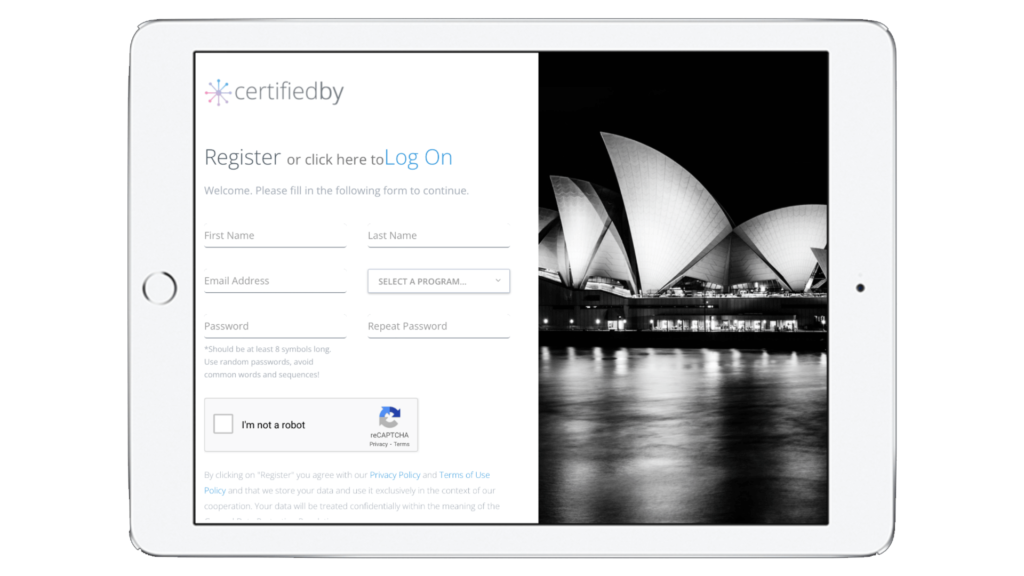Measure and Reduce a
Business Carbon Footprint
For businesses who care about the environment, and want to do something about it.
Assess, Report, Improve & Certify... to Power Growth
Carbon Footprint Checklist - Maturity Level 1
It’s no secret that we need to start taking steps to reduce our carbon footprints, but it can be hard to know where to start.
According to the World Bank, businesses account for 60-80% of global greenhouse gas emissions. If we’re going to make a real impact on climate change, it’s going to take everyone working together.
The Carbon Footprint Checklist is designed specifically for businesses and provides an easy-to-follow framework for understanding the factors that contribute to your carbon footprint. Our library of resources and materials will help you get started immediately and our continuous improvement metric encourages users to keep returning and making progress.
How it Works

REGISTER
Simply click the START NOW button at the top of this page to start your program.
IMPROVE
For smart recommendations, supporting information and helpful resources, subscribe to the Action Management Module (see more).
CERTIFY
Evidence results with a Program Review and Certificate of Assessment to share with relevant stakeholders (see more).
ALL PROGRAMS include access to a digital library of amazing tools & resources
This Program Includes
-
10 Components
-
FREE Smart Self Assessment
-
FREE Risk Report: High-Med-Low
-
Action Management Module
-
Digital Library of Resources
-
24/7 Access: Mobile & TV
Program Modules
1. Vehicles
2. Electricity
3. Gas
4. Waste
5. Water
6. Paper
7. Food and Drink
8. Air Travel
9. Public Transport
10. Events
Start Your Carbon Awareness Journey
Disclaimer 🤚
We’ve put our heart and soul into building something to help millions of Startups & SMEs around the world.
We’ve done a lot right and made mistakes along the way, cause no one ever said #RegTech or startup risk management was easy.
Rest assured we are leveraging the brightest minds, deepest resources, connected partnerships and hunger for growth to develop a better product every day for you.
With that being said… In no event shall CertifiedBy, its affiliates, partners, or licensors be liable for any direct, indirect, incidental, special, consequential, or punitive damages, including but not limited to, lost profits, lost data, business interruption, or other losses arising out of or in connection with the use of, or inability to use, the CertifiedBy platform or any content, advice, or recommendations generated by the platform.



